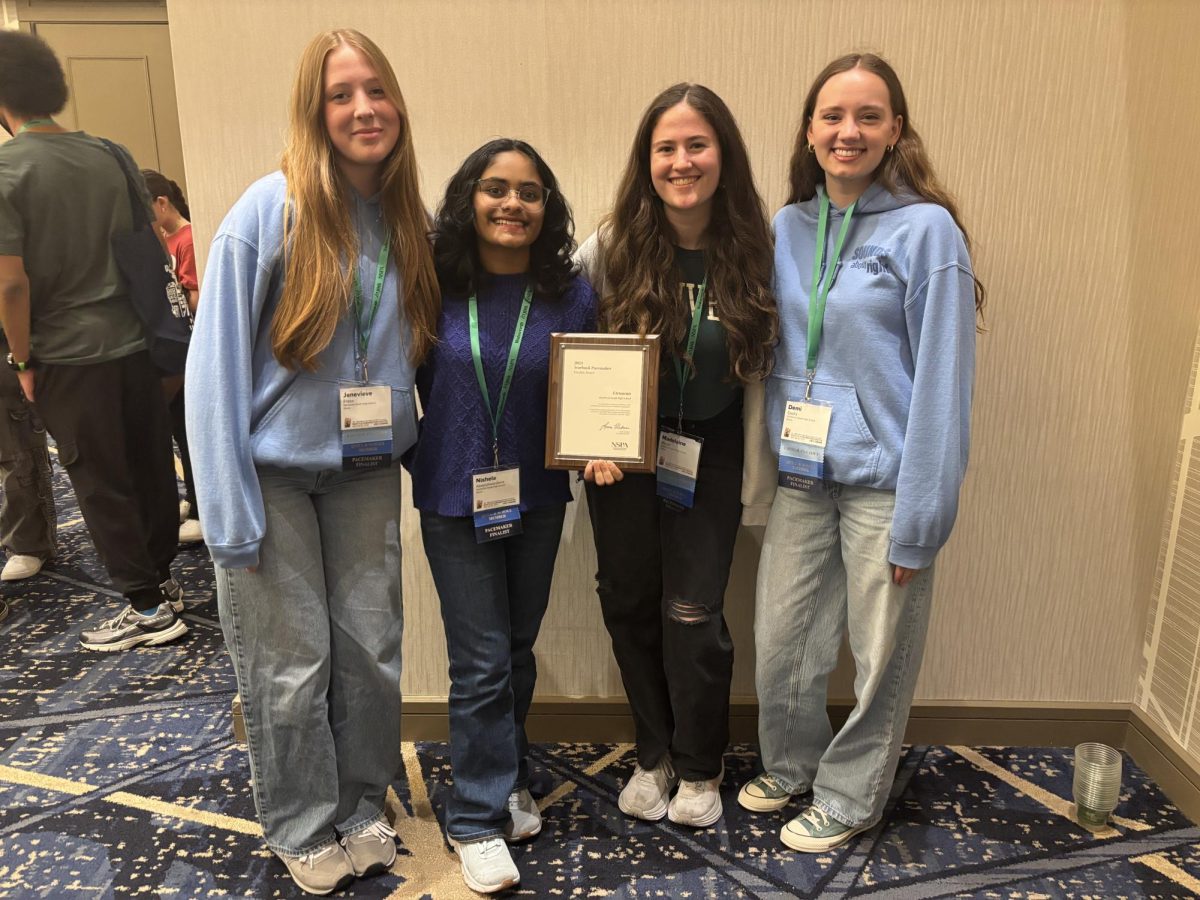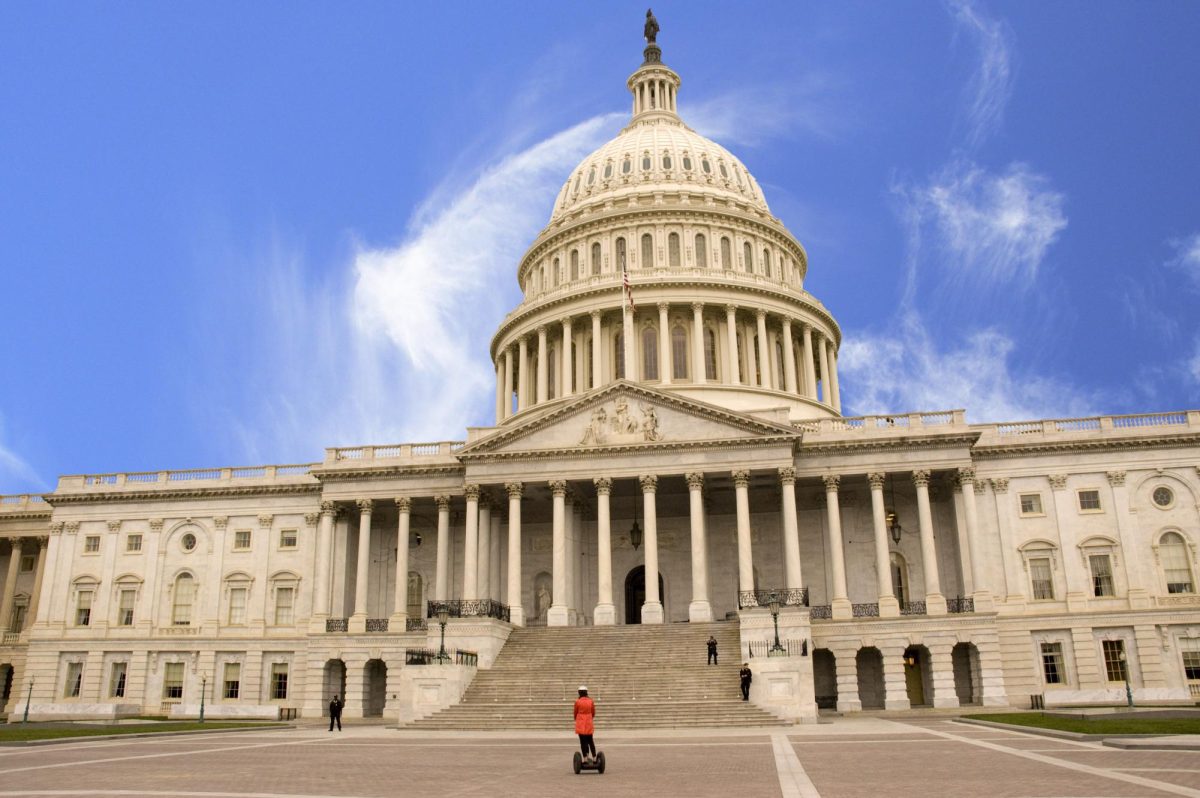House Bill no. 0148, also known as Concealed Carry, permits qualified Illinois citizens ages 21 and over to carry any approved firearm on their person.
The first permits were mailed at the beginning of March. State and local police have the ability to issue permits, according to WGEM, an NBC news affiliate. In order to acquire a license, potential carriers must undergo proper training for a minimum of 16 hours, pass mental health screenings and background checks, pay a considerable fee and carry a Firearms Owner Identification (FOID) card.
Senior Matt Chorvat, who intends to leverage his new liberties as a carrier when he turns 21, felt that Concealed Carry is proper recognition of his Second Amendment rights, but also that firearms are still misunderstood tools.
“I feel like people really have always had the wrong idea with firearms, and hence Concealed Carry,” Chorvat said. “Firearms have been a part of American culture since its foundation, and in many ways remain the embodiment of self-sufficiency and independence.”
According to the bill, which went into effect on Jan. 1, guns have no place in certain public institutions. A licensee is prohibited from knowingly carrying a firearm onto the grounds of a school, a government building, an area used for recreation or athletic activity, a playground, onto public transportation and other places with “no firearm” signs. Nonetheless, some Glenview residents are uneasy about what this liberty might bring to the community. According to an Oracle-conducted survey of 212 students, 54 percent of students felt less safe as a result of Concealed Carry.
Glenview contains many areas where firearms are prohibited––marked by a sign of a black gun crossed out in the middle of a red circle— and some, like Wegley, felt uneasy about the signs and what they imply about the community.
“I find it a bit redundant that [we must say], ‘People are not allowed to walk into our school with a gun,’” Wegley said. “[The signs] are not the first things I want people thinking about when they walk into the doors of GBS. I want them thinking about what a welcoming, warm […] culture we have. That is why I think I have the reaction I have to those signs.”
Wegley believes that the placement of the signs says more about the safety issues the law creates than it deters people from concealing and carrying in public places.
The meaning of the signs aside, junior Shane Spiro* feels that Concealed Carry does not affect the community’s safety.
“People who wish to do evil and carry out heinous acts do not care whether or not they have a little plastic card that gives them the legal right to carry a firearm,” Spiro said. “If they are intent upon breaking numerous federal and state laws, it is foolish to think that that one extra law would have stopped them.”
Senior Andrew Golucki felt that Concealed Carry has actually made Glenview safer.
“I do not believe that a change in the law is going to change the behavior of criminals, and that we should rather focus on making our schools more safe with extra security than currently exists,” Golucki said.
Callahan disagrees that Concealed Carry will deter potential violence.
“First, it neglects the possibility of ‘miscalculation’ or accidents; fights can escalate or altercations can happen, and before anyone knows it, shots have been fired in the heat of the moment,” Callahan said. “The other problem is that it’s Concealed Carry; it’s impossible to deter someone with a firearm if they can’t be sure you even have one.”
While Callahan believes the signs specified institutions are required to post increase public safety, he felt that they exist primarily to appease those who would have shot the bill down.
“I think it’s a step in the right direction, […] so the risk of gun violence in those places is lower,” Callahan said. “However, it doesn’t compensate for the law itself. Anyone who has been able to stockpile weapons as a result of easier access [from the new law] won’t be deterred easily by a small white sign, […] a token gesture used to appeal anti-gun lobbies when writing the law without changing anything substantive.”





